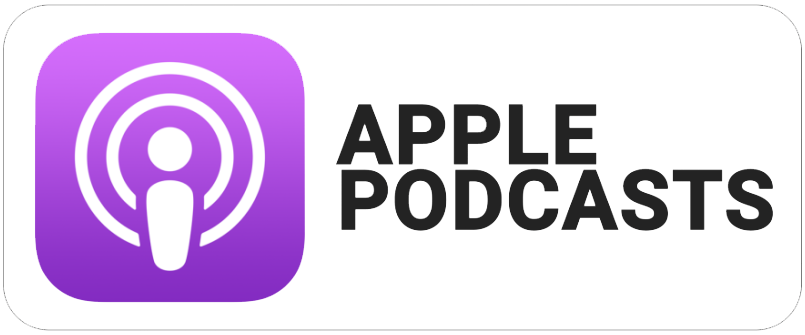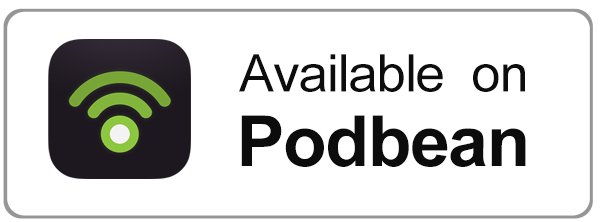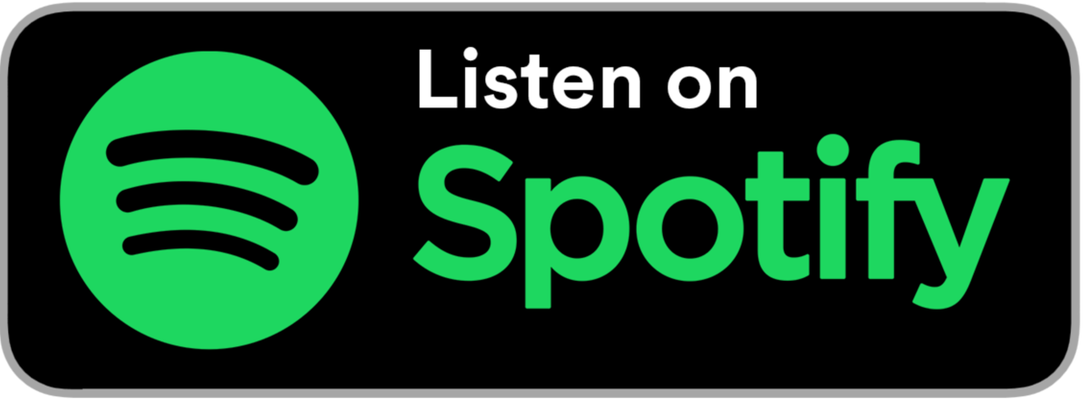Transcript
Hello listeners. We are excited to BLaST the Airwaves with you today and provide educational solutions for all. My name is Rebecca Gibboney and I am the Curriculum and Online Learning Specialist here at BLaST Intermediate Unit 17. I am thrilled to welcome you to this episode of BLaST the Airwaves. Today, we will continue to discuss teacher clarity through learning intentions and success criteria. How explicit are we with learning intentions for students? Do our students even know what success looks like in our classrooms? What about in life? What are we waiting for, let’s start blasting the airwaves.
As I’ve been recording these episodes for this podcast, I cannot help but stop and think about how much everything we do as educators we also do in life.
Example: building credibility, building relationships, building clarity…everything. Today, we are going to focus on intentions and, as a classroom teacher, I always thought about why. And as a human being, I continue to always think of my why. Why am I teaching this lesson? Why am I choosing this activity? What is my intention? Because without intention, what is the purpose? Is it fluff? Is it part of that checklist? Is it just…one more thing? Which is ironic, because as adult learners, we hate that one more thing. That thing we see as meaningless. Yet, we still turn around sometimes and provide meaningless activities. I know we hate to admit it, but we know it’s true. Those filler activities…
But, as we continue to talk about teacher clarity, we would be remiss to not mention learning intentions. Your students should know what they are supposed to be learning, especially in the distance learning environment. Sometimes, when we don’t explicitly state our intentions, or our objectives, our students get lost in the tasks and couldn’t even begin to tell you what they are supposed to be learning. It goes back to those three questions: what are you learning today? Why are you learning it? How will you know you are successful? It’s time we start getting intentional about our intentions. Nice little play on words there huh…
So, how do you do this in a distance learning environment? You may be thinking, Becky, I already do this all the time. I feel like I am practically on repeat with direction after direction after direction…and I’m sure you are. But remember, we need to continue to be explicit and say it in more ways than one.
For example, post your learning intentions as an announcement or on the opening page of your learning management system. That way it is the first thing they see when they sign in. Or, if you are holding a live synchronous session, post your intentions in the chat. Just remember, you must keep reposting it, especially if students are signing in at later times. Or perhaps, let’s take it back to a past episode when we discussed classroom jobs, have a student post and repost and then repost again the learning intentions.
But here’s the thing, you can’t just post them. You have to talk about them. So often, people just post their learning objectives on the board without discussing, for their own sake. But do the students even know what they mean?
In my classroom, I also liked to post my intentions on my feedback forms or on some of the summative assessments. It was a good reminder for my students (and myself) and helped them focus on the task at hand. One of the other examples that I like reading about in the Distance Learning Playbook, was a teacher that used a form for students to record the tasks that aligned to each learning intention. Whether it is related to the content or the process, whether it be connected to the individual or the group, all learning intentions should be spelled out for students so they know how they are successful. It’s all about making the connection for the student.
But, speaking of success, boy that is a hard one. How do you teach students to know how to be successful or even what they need to be successful? Heck, how do we even define success? All right, that last question is a lot of unpacking that we will have to save for a later episode. But, seriously. I often ask educators in my trainings what they need from me in order to be successful and, usually, I hear crickets for a couple of minutes. When I was in the classroom and conferencing with my students, I would ask the exact same question, what do you need from me to be successful, they looked at me completely confused. Silence. One, yes, it’s a tough question; but, two, we never really have these questions on what does it mean to be successful. We are not intentional about it. So, of course, our students do not know where to begin. And, if you ask me, it is one way we can move our students from completing a checklist to being empowered in their own learning.
In the classroom, success criteria are usually found in “I can” statements, but it can also be shown through checklists, rubrics, and examples.
For my students, we used the ACTFL “I can” statements that aligned to my learning intentions and at the conclusion of each unit they had to complete a “show me what you know” assignment by proving to me one “I can” statement from the unit, just one. It was their choice which success criteria they wanted to focus on and it was their choice how they wanted to prove success to me. The most powerful part came during the teacher-student reflection conference. It was a chance for us to determine how that particular student defines success to himself or herself; because let’s face it, sometimes success looks different to different people and we just need to take the time to listen.
I gave them leeway to determine their own success, which may seem like the opposite of clarity. I knew what I was looking for and often times I ask them on assessments, but I also gave my students the opportunity to define their own success and find the path they needed to take to get there. This process wasn’t easy and it didn’t happen overnight. It took a lot time. It took a lot of guided practice and scaffolding. A lot of goal setting. Sometimes they were way off target and some discussions had to take place over and over again. Other times, they shocked me. Yet, this learning curve, this part of life–goal-setting, success, work ethic– was important to me. I found that when I defined success for them, their success was only defined by what I found successful…not what they found successful. Students need to define and find success for themselves.
It is my hope that I empowered them to create their own learning path to success. I gave them that chance, that choice. The chance and the choice to be intentional about their own learning and to feel success. It’s up to them if they want to use it.
Just like life. Our own paths to success, well, that’s up to us. What path are you taking?
We would like to thank you for blasting the airwaves with us today. If you like the show, please subscribe or leave a review. If you want to know more. Check out www.iu seventeen.org for further resources and show notes. As always, we want to thank you for what you do every single day. Remember, keep shining. We’ll be back next episodes to provide you another educational solution for all as we continue to transform lives and communities through educational services.
Additional/Suggested resources mentioned in the episode:
The Distance Learning Playbook by Douglas Fisher, Nancy Frey, and John Hattie
BLaST Intermediate Unit 17 – www.iu17.org
Professional Learning Opportunities at BLaST IU 17 – https://www.iu17.org/professional-learning/



